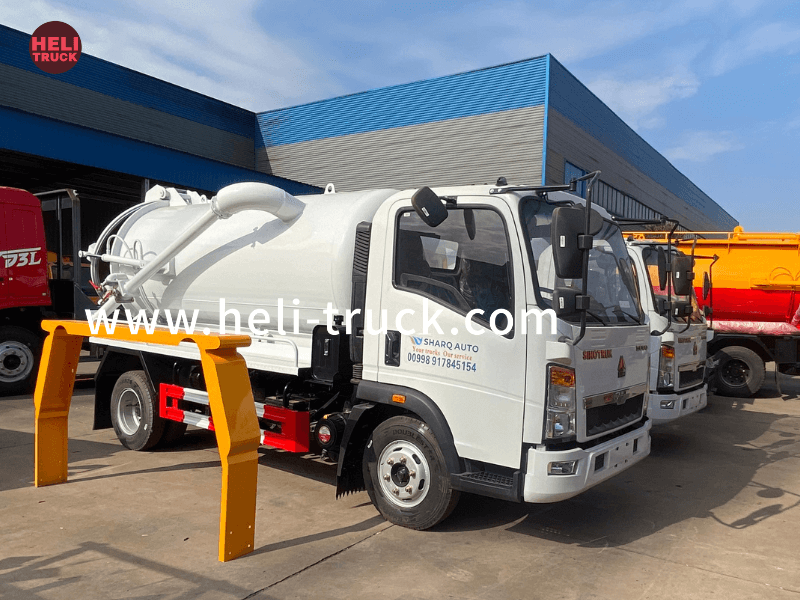Introduction (Word count: 250 words)
In today's world, as the population continues to grow, so does the amount of waste generated, particularly in the form of food waste. Managing this waste effectively and sustainably has become a pressing concern for governments, communities, and businesses alike. One solution that has gained significant traction in recent years is the garbage compactor truck for food waste. This innovative piece of machinery has revolutionized waste management by increasing efficiency, reducing environmental impact, and improving overall cleanliness. In this article, we will delve into the working mechanism, benefits, and challenges associated with garbage compactor trucks for food waste.
Section 1: Understanding the Garbage Compactor Truck (Word count: 700 words)
1.1 Definition and Purpose
- Definition of a garbage compactor truck for food waste
- Purpose of the garbage compactor truck
1.2 Components and Working Mechanism
- Overview of the key components
- Detailed explanation of the working mechanism of the garbage compactor truck
1.3 Types of Garbage Compactor Trucks for Food Waste
- Rear loader compactor trucks
- Front loader compactor trucks
- Side loader compactor trucks
- Transfer compactor trucks
Section 2: Advantages of Using Garbage Compactor Trucks for Food Waste (Word count: 900 words)
2.1 Enhanced Efficiency in Waste Collection
- Increased collection capacity
- Reduced frequency of collection trips
- Time and cost savings
2.2 Improved Environmental Sustainability
- Reduced carbon emissions
- Minimized landfill usage
- Potential for waste-to-energy conversion
2.3 Enhanced Hygiene and Aesthetics
- Prevention of spillages and odors
- Neat and clean appearance of streets and neighborhoods
- Reduced risk of pests and vermin
2.4 Reduction of Health Hazards
- Prevention of disease transmission
- Minimized exposure to harmful substances
- Improved overall public health

Section 3: Challenges and Considerations (Word count: 600 words)
3.1 Initial Investment and Maintenance Costs
- Cost considerations for acquiring garbage compactor trucks
- Routine maintenance requirements
3.2 Infrastructure and Accessibility Issues
- Compatibility with existing waste management infrastructure
- Accessibility to narrow streets and congested areas
3.3 Training and Education
- Proper training for operators and maintenance staff
- Educating the public on proper waste segregation and disposal
3.4 Waste Management Policies and Regulations
- Alignment with local and national waste management policies
- Compliance with health and safety regulations
Section 4: Success Stories and Case Studies (Word count: 600 words)
4.1 Singapore's Integrated Waste Management System
- Implementation of garbage compactor trucks for food waste
- Reduction in food waste and improved recycling rates
4.2 San Francisco's Zero Waste Program
- Adoption of garbage compactor trucks for food waste collection
- Achieving high rates of waste diversion from landfills
4.3 Tokyo's Sustainable Waste Management Practices
- Use of advanced compactor truck technologies
- Effective waste reduction and resource recovery
Conclusion (Word count: 150 words)
Garbage compactor trucks for food waste have emerged as a game-changer in waste management practices. https://www.heli-truck.com/vacuum-truck/ to increase efficiency, reduce environmental impact, and enhance overall cleanliness make them an invaluable tool for governments, communities, and businesses. While challenges such as initial investment costs, infrastructure compatibility, and public education remain, the success stories from various cities around the world demonstrate the immense potential of these trucks in transforming waste management systems. With continued support and efforts to overcome the challenges, it is evident that garbage compactor trucks for food waste will play a crucial role in achieving sustainable waste management practices and creating a cleaner, healthier future for all.
